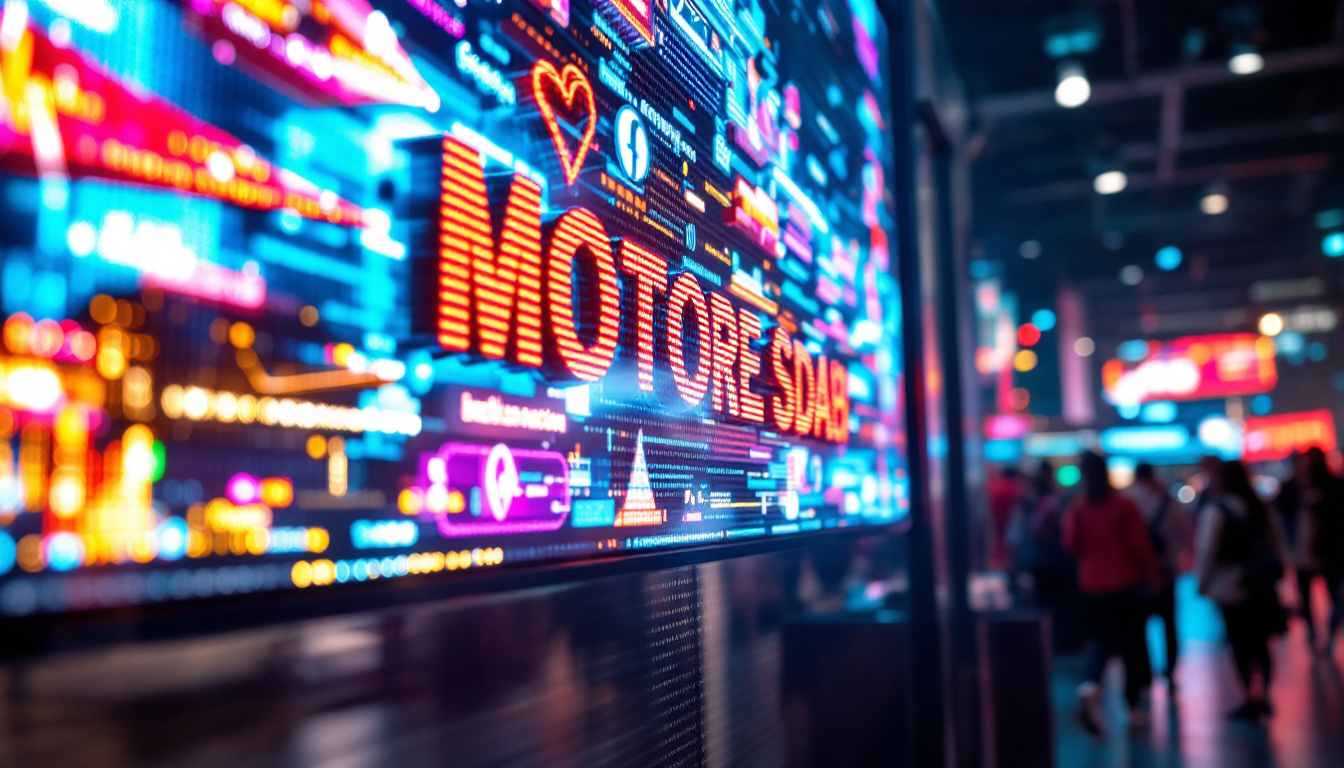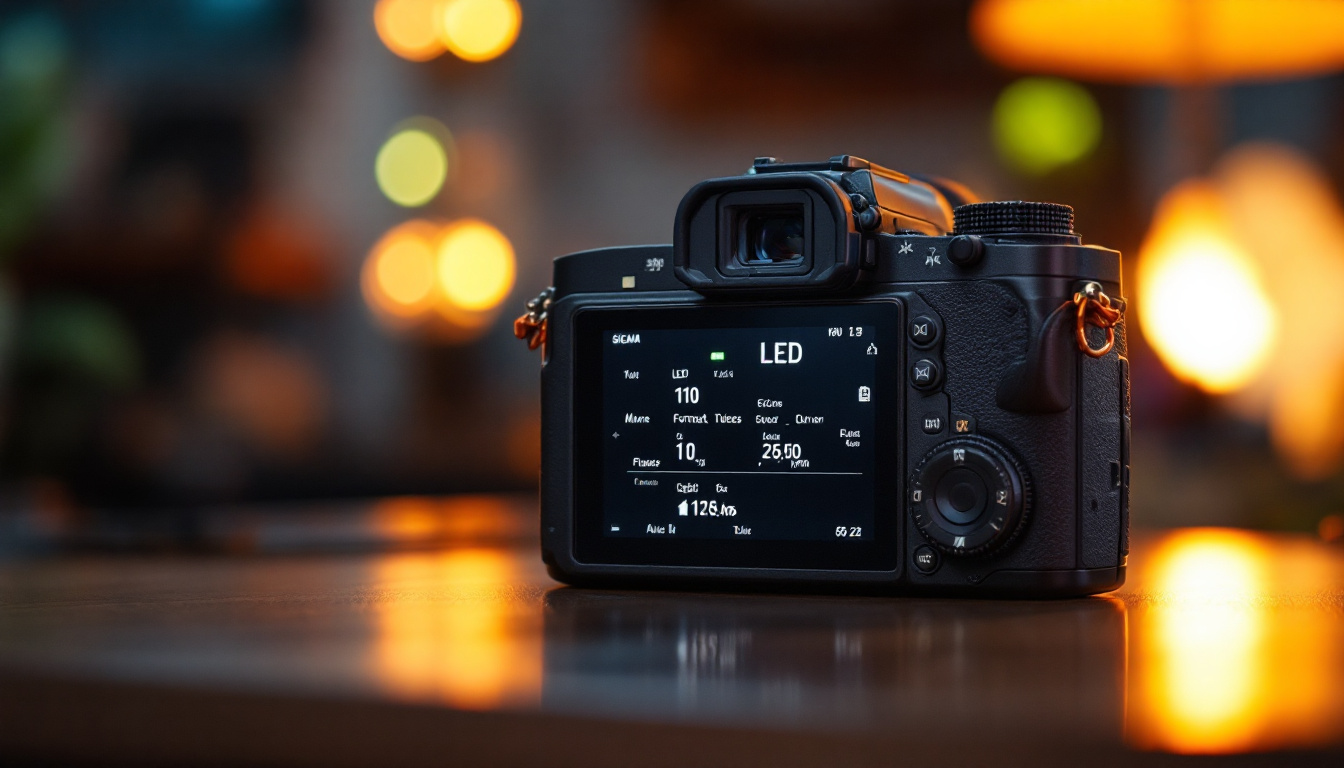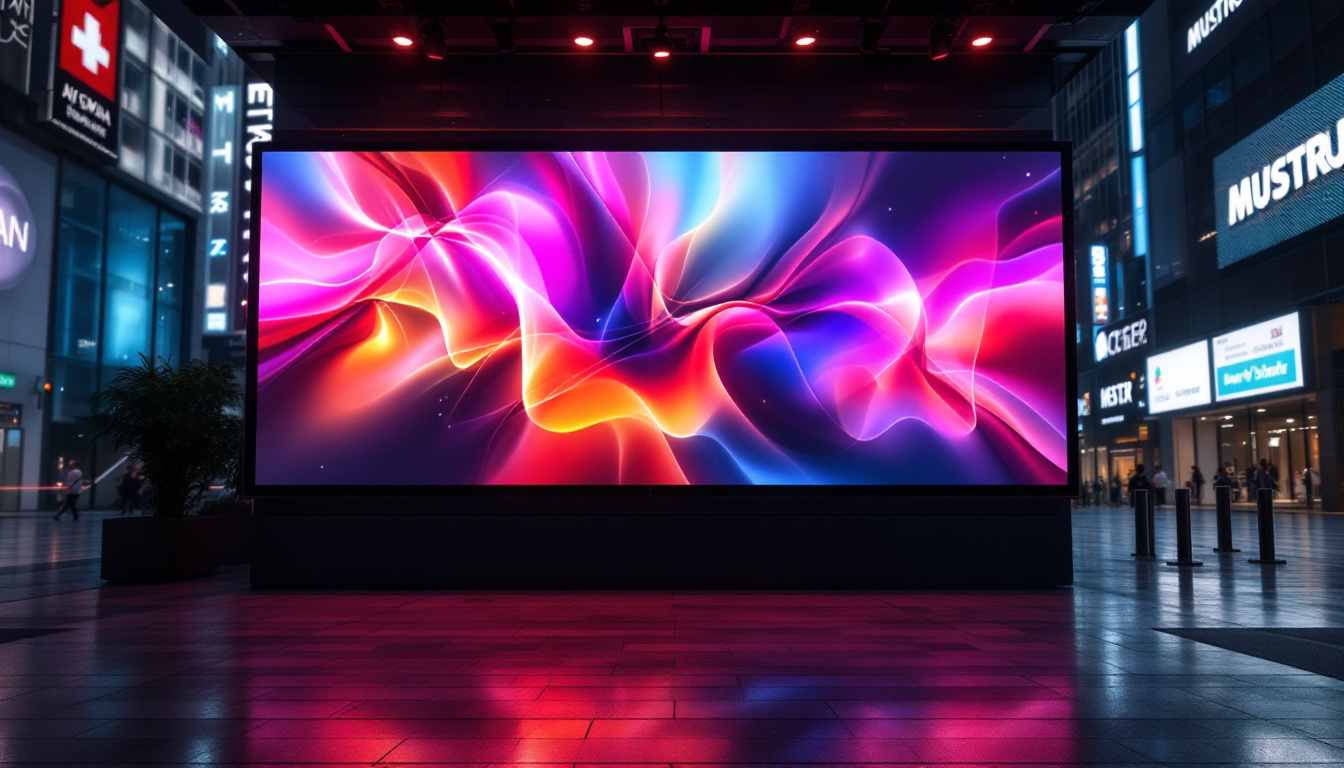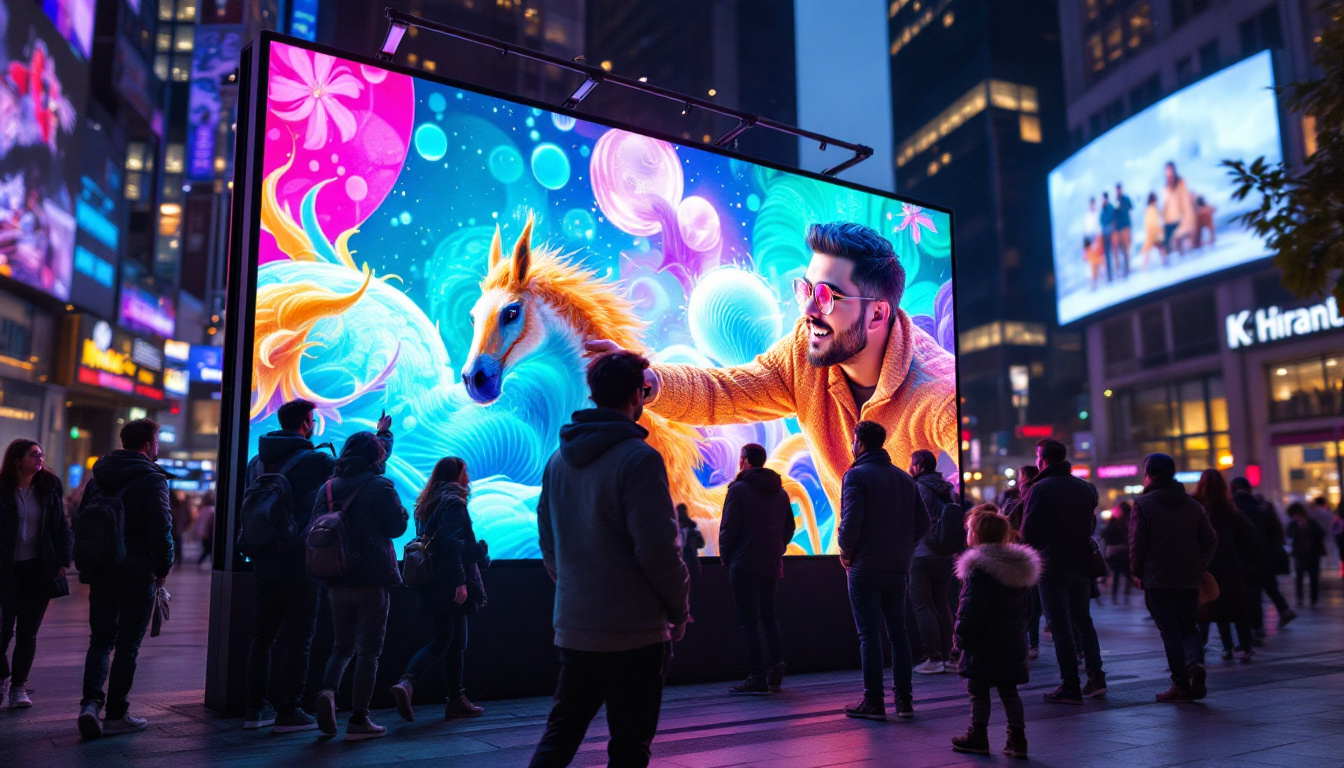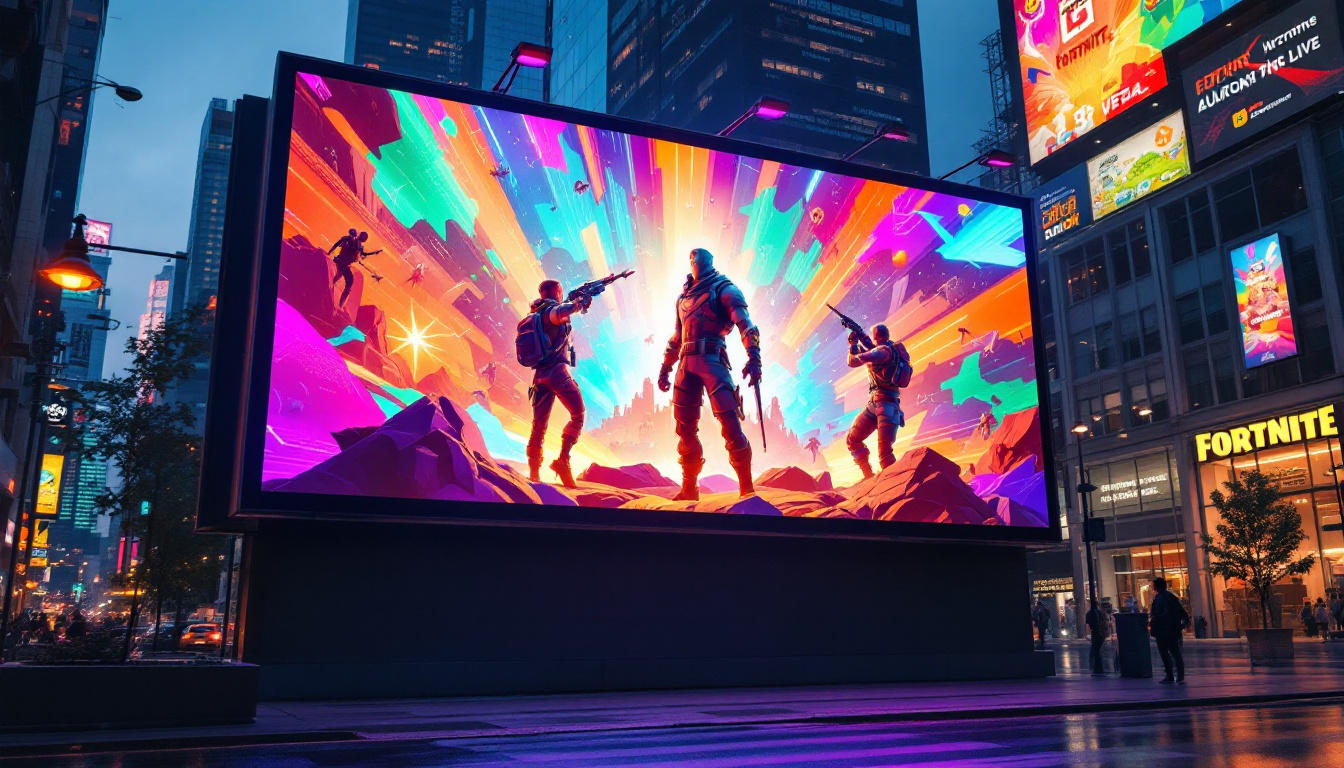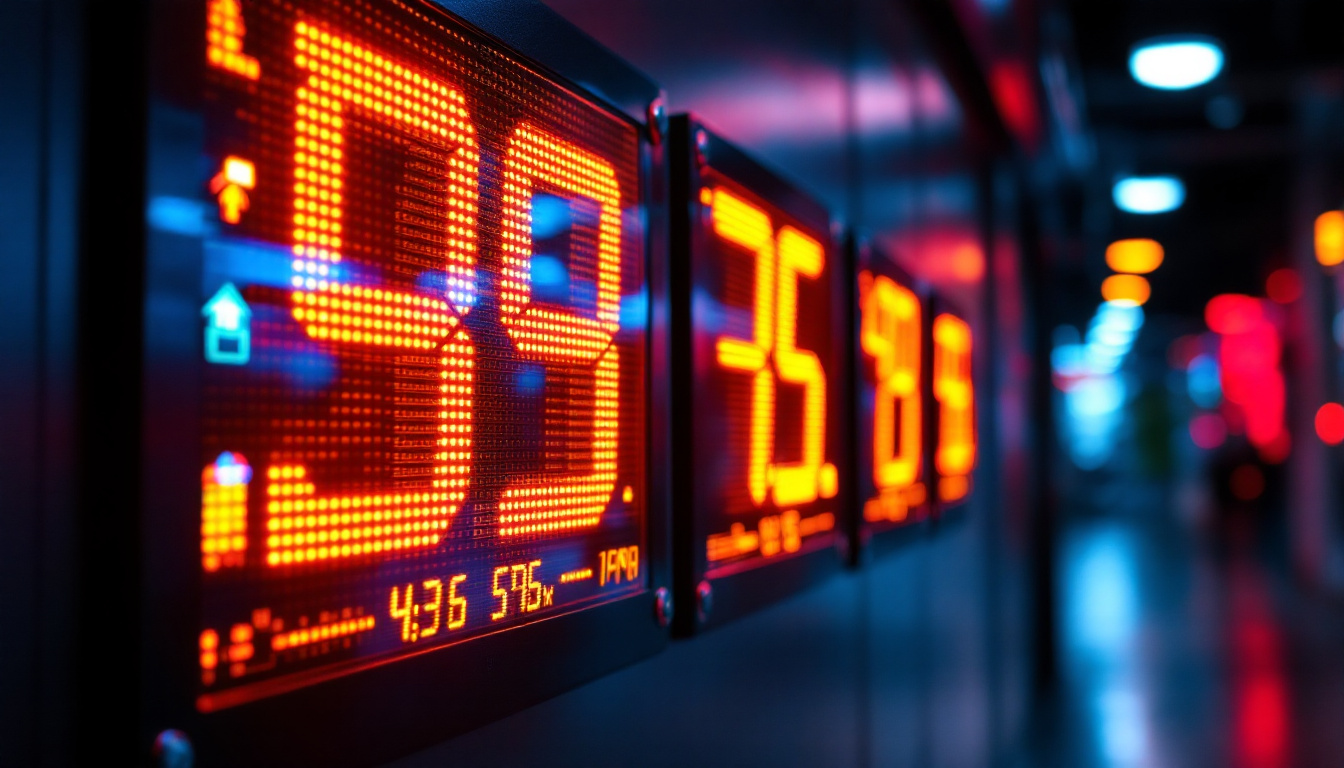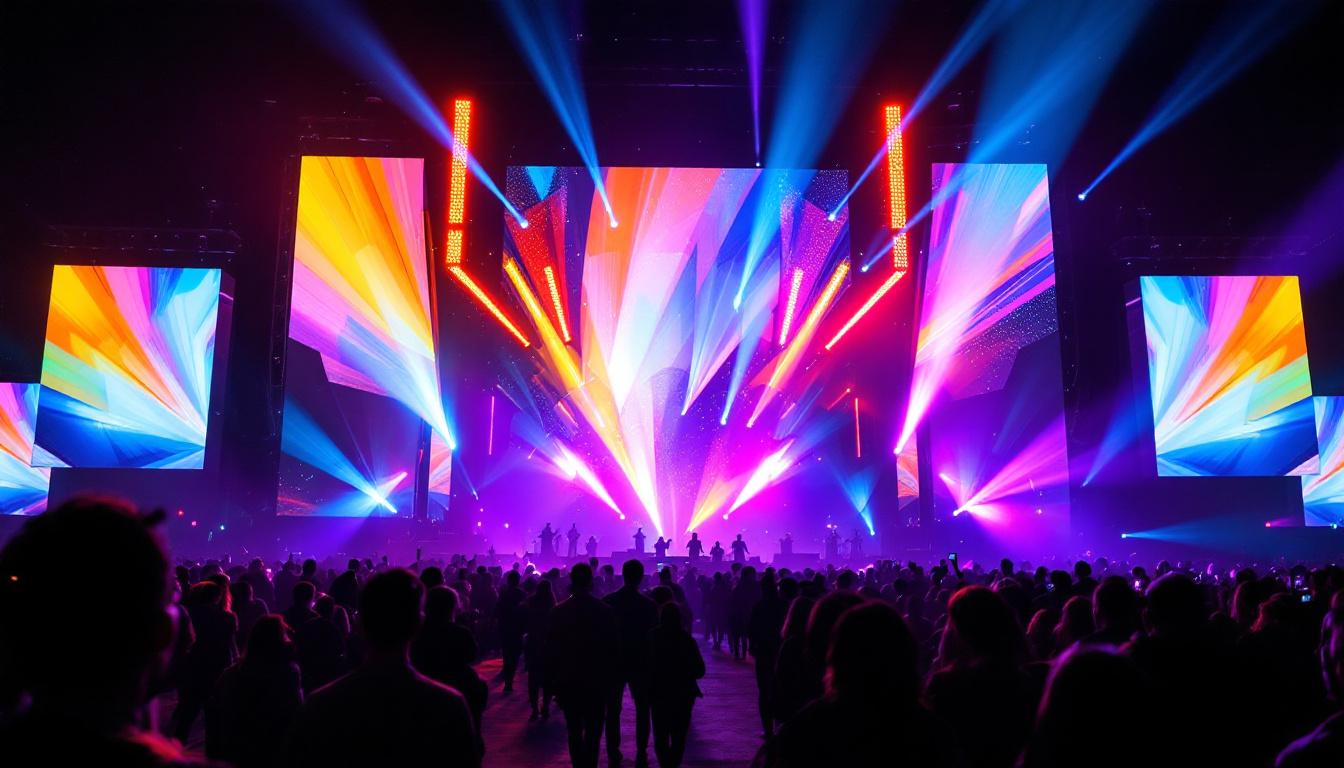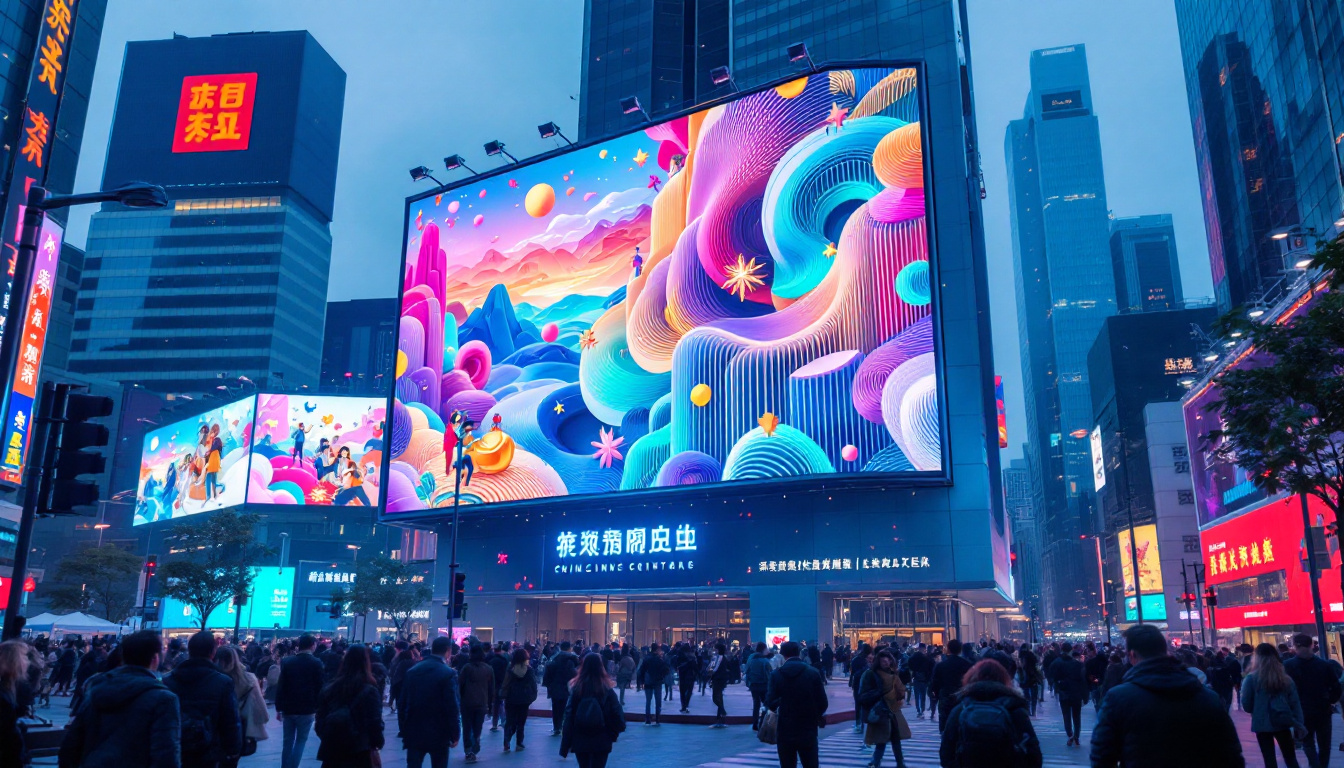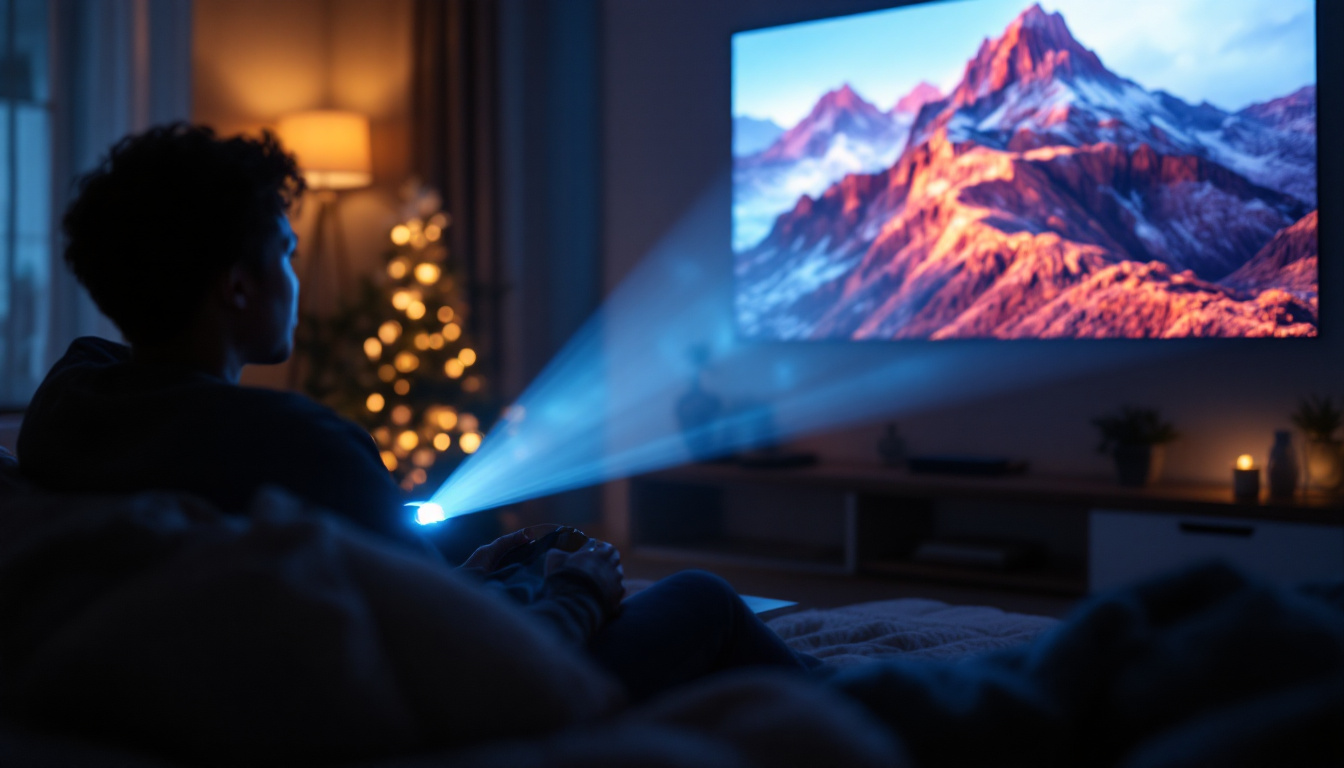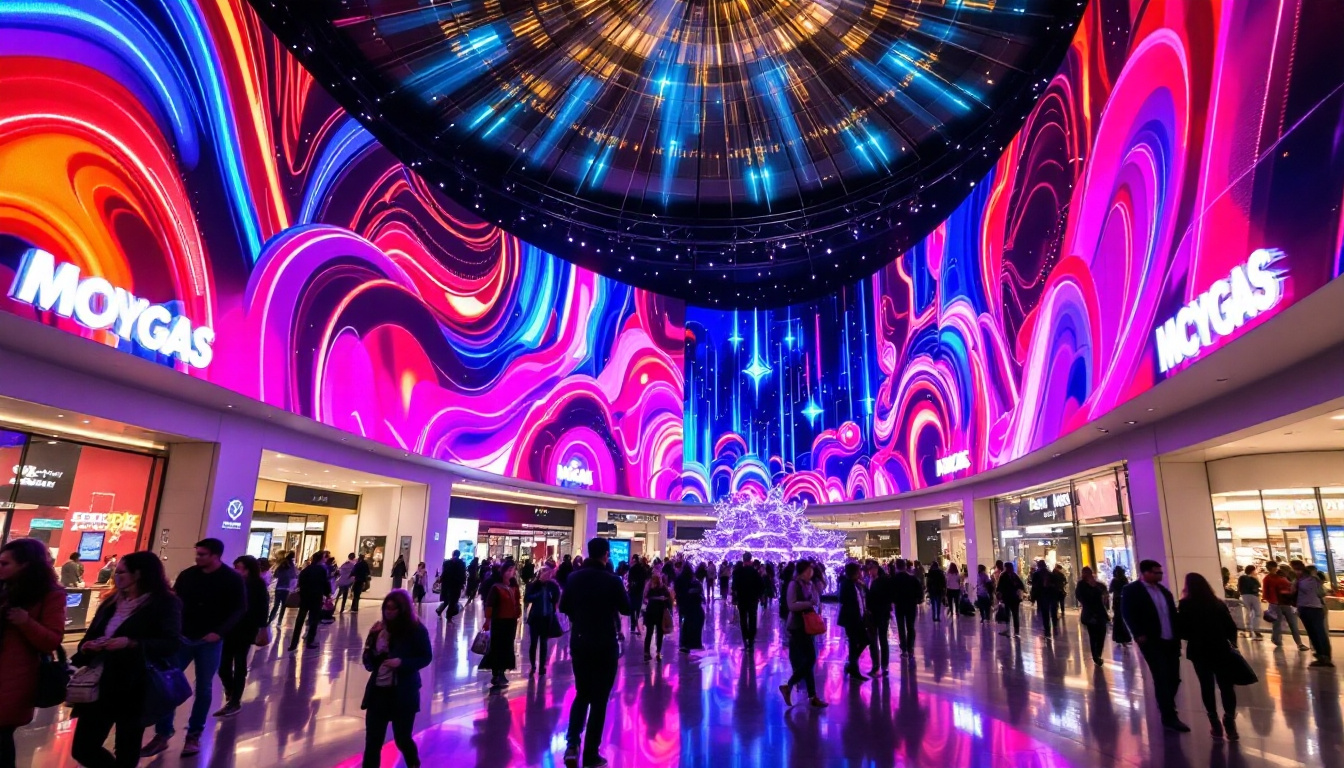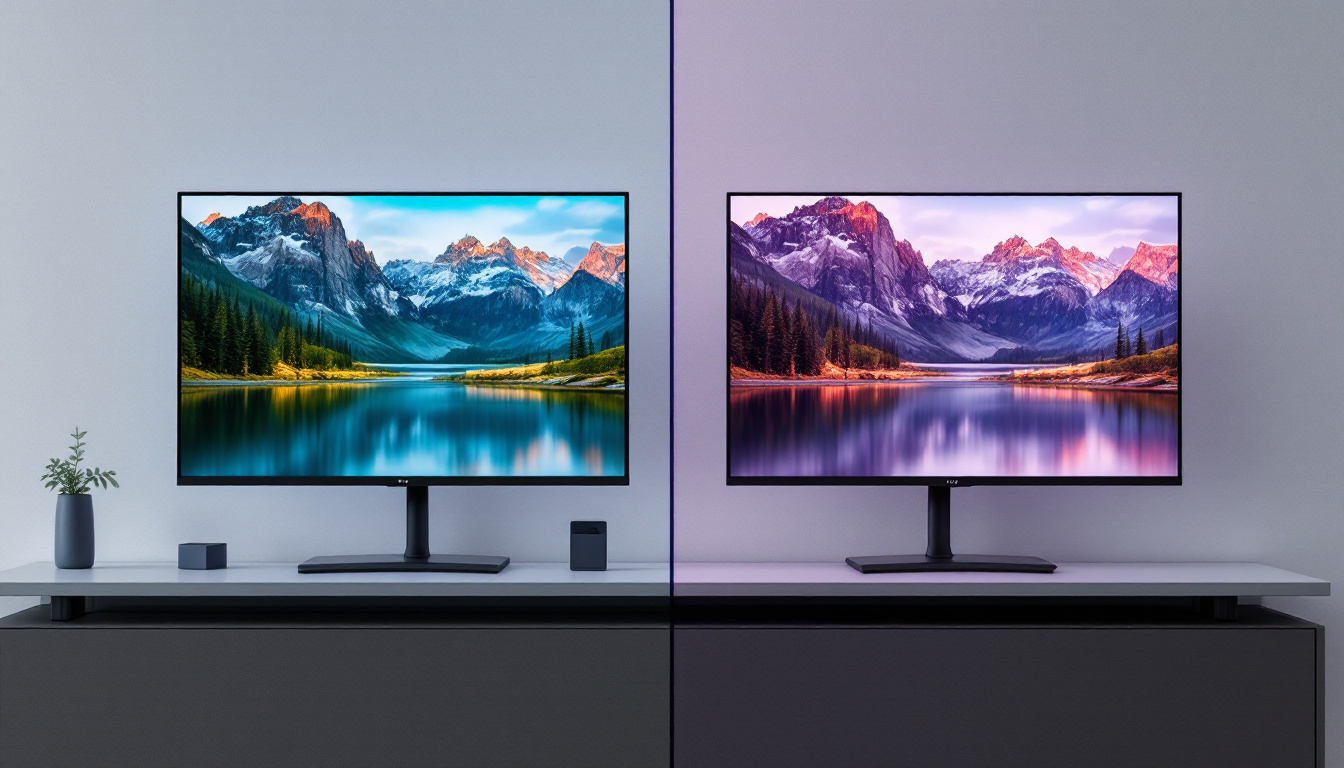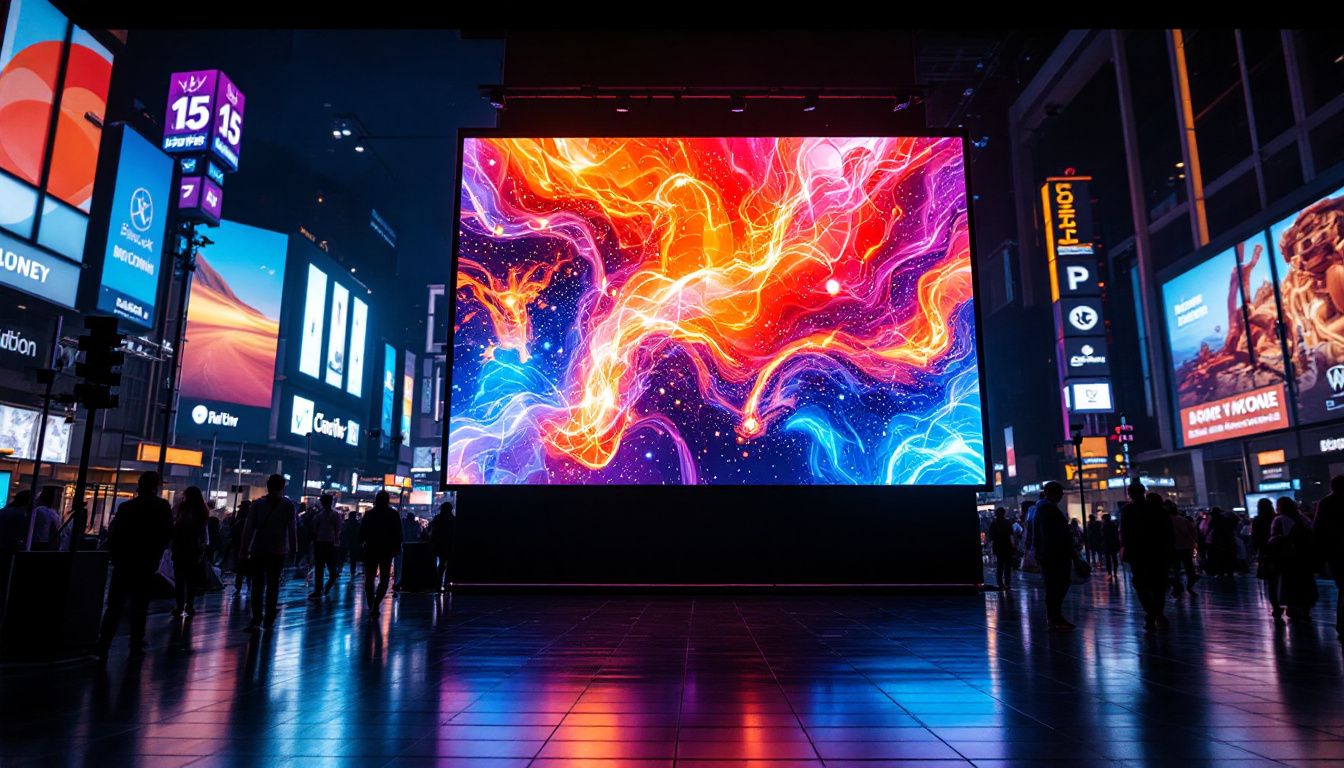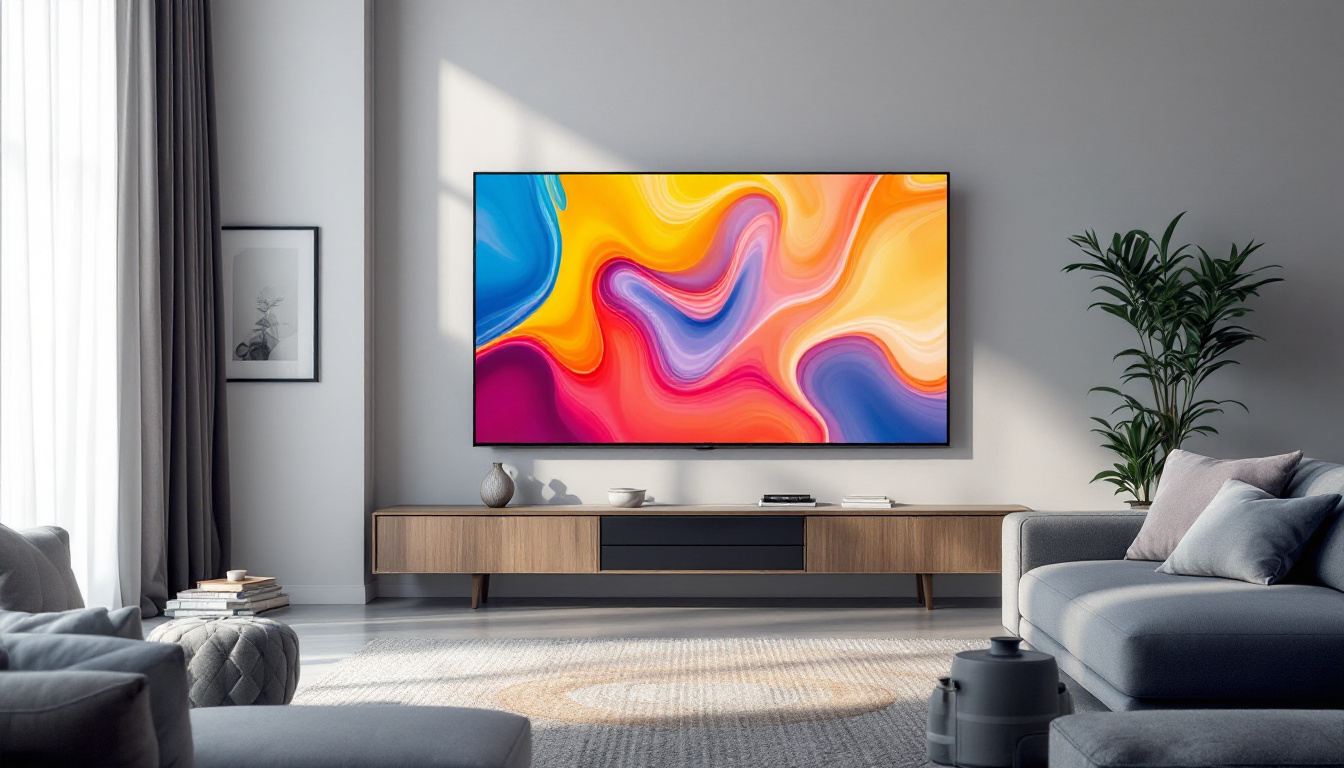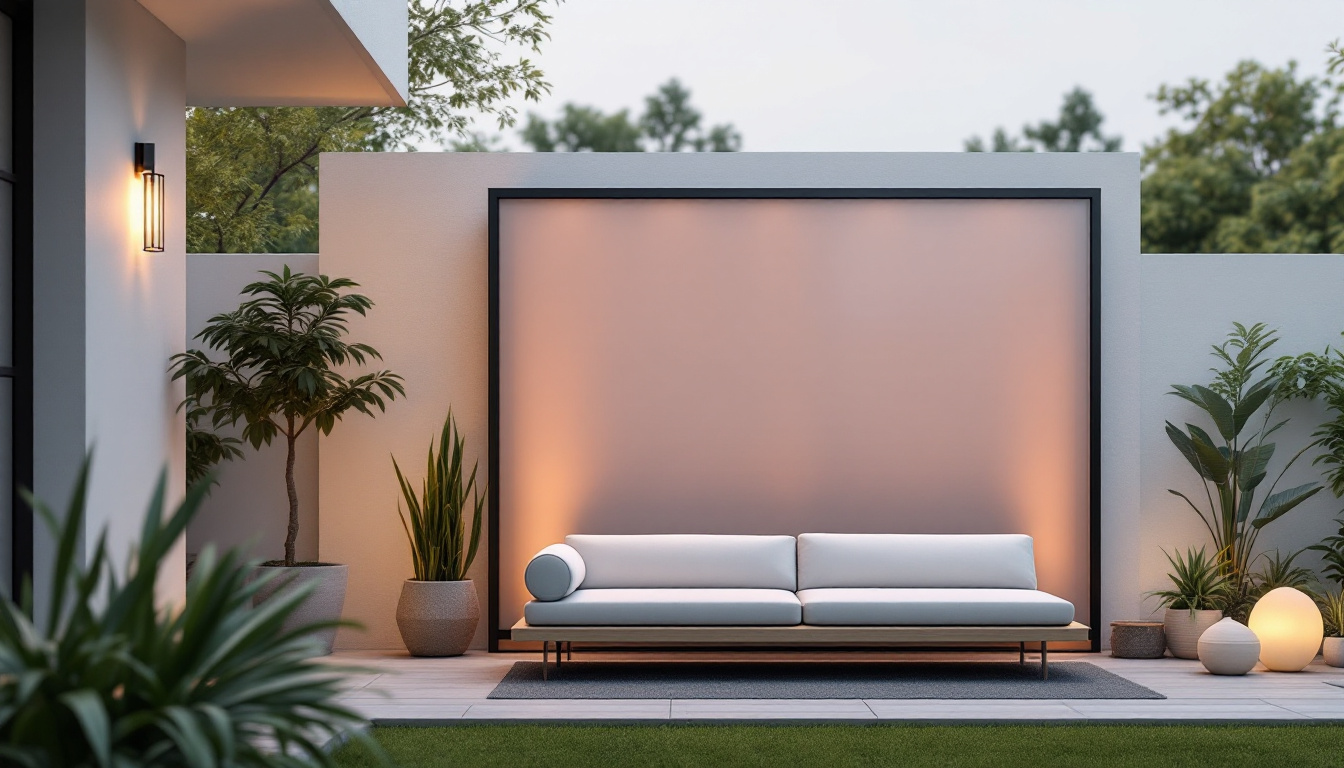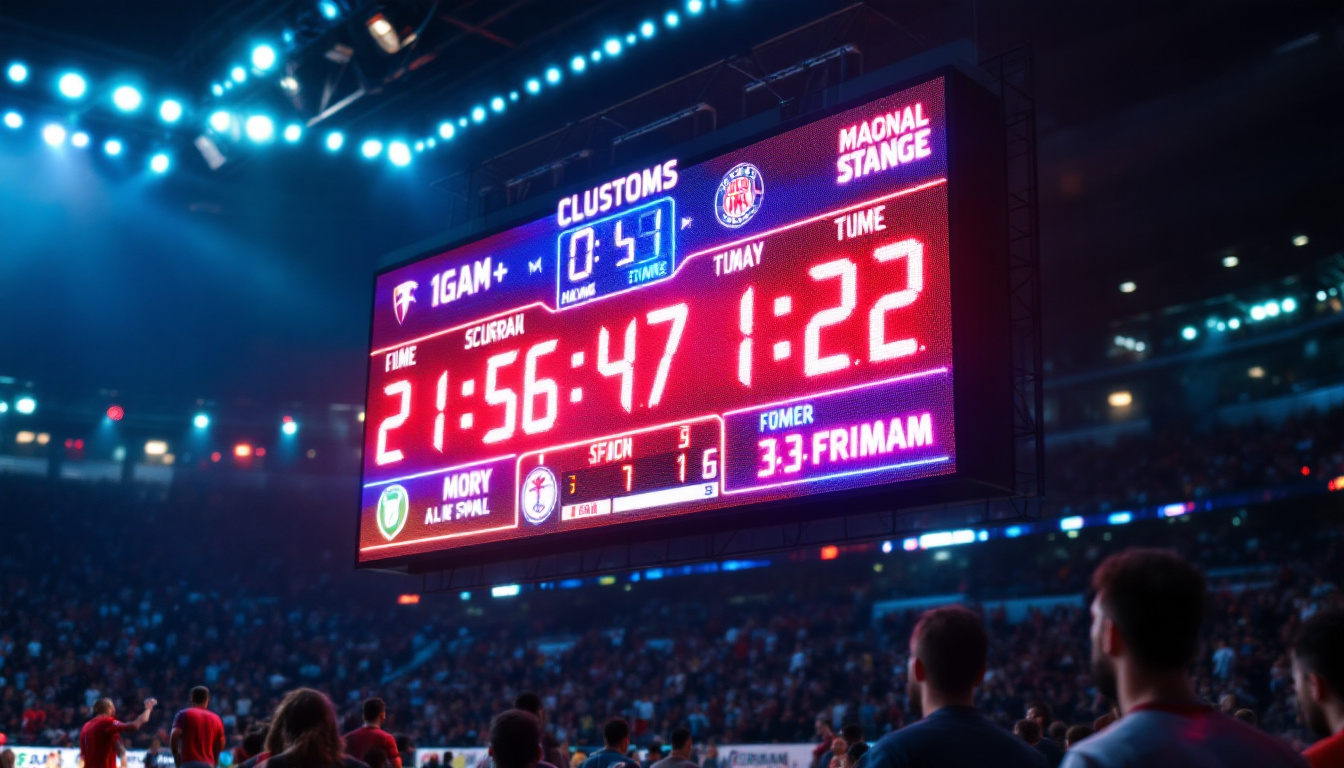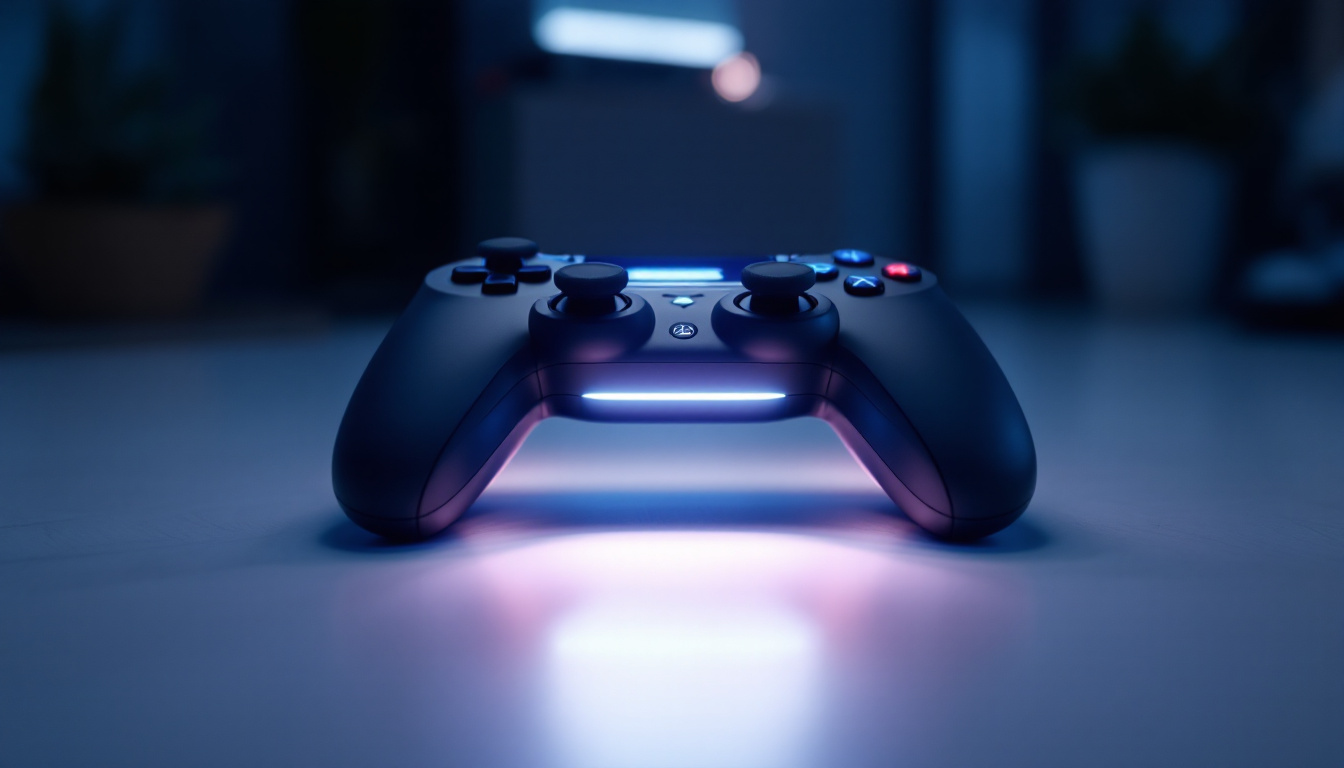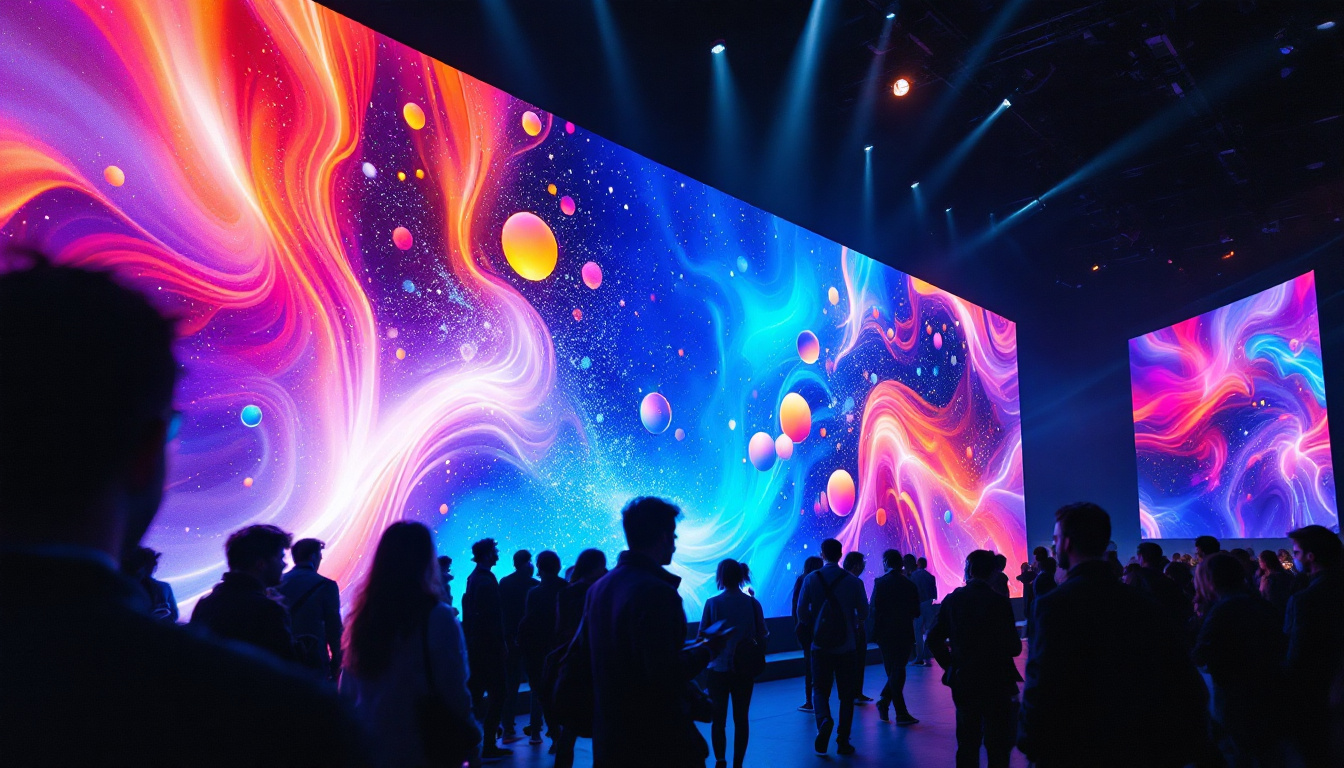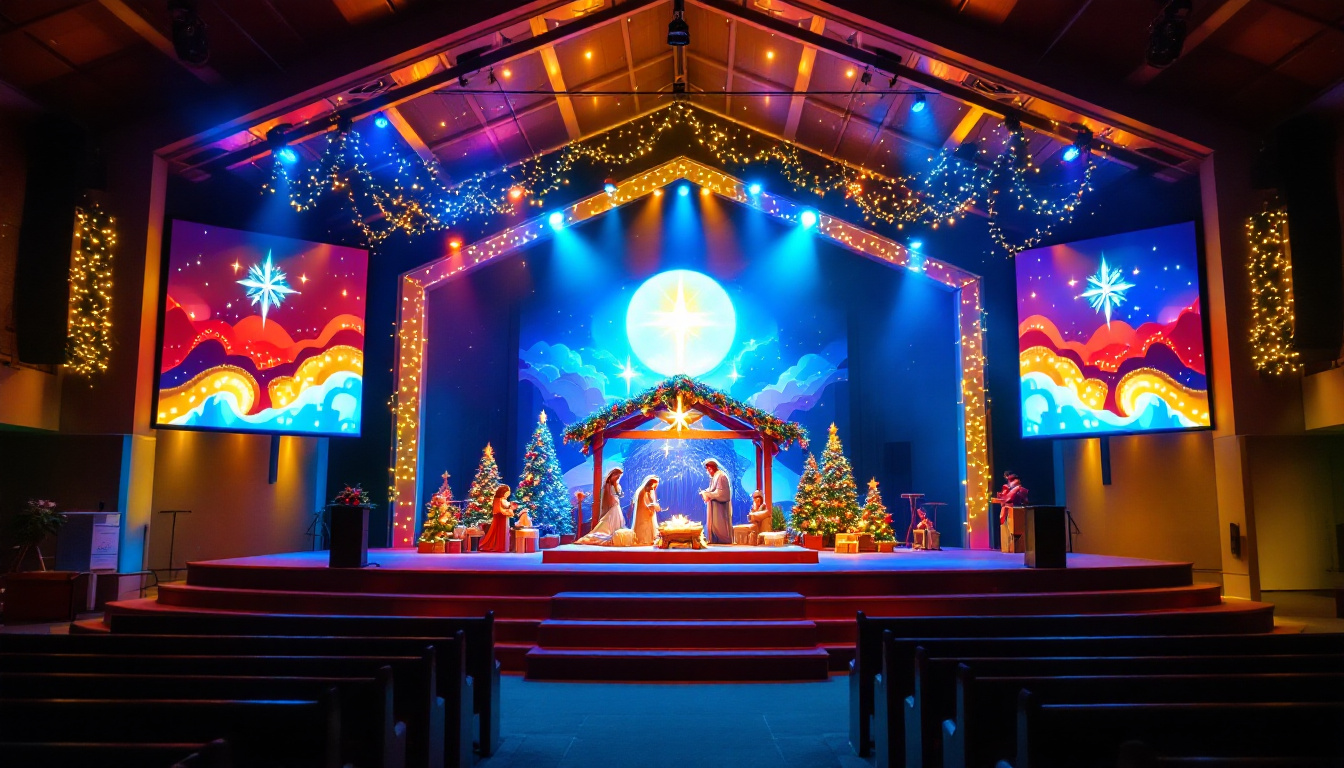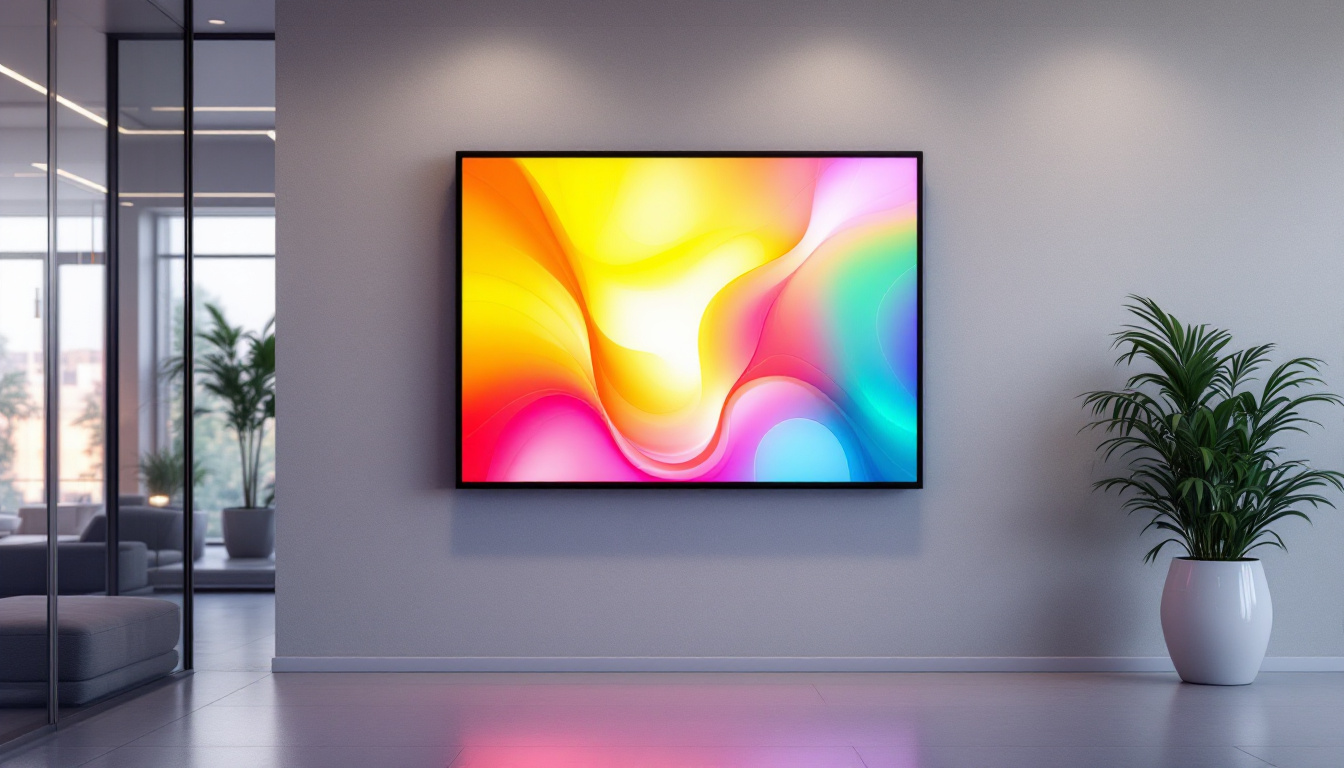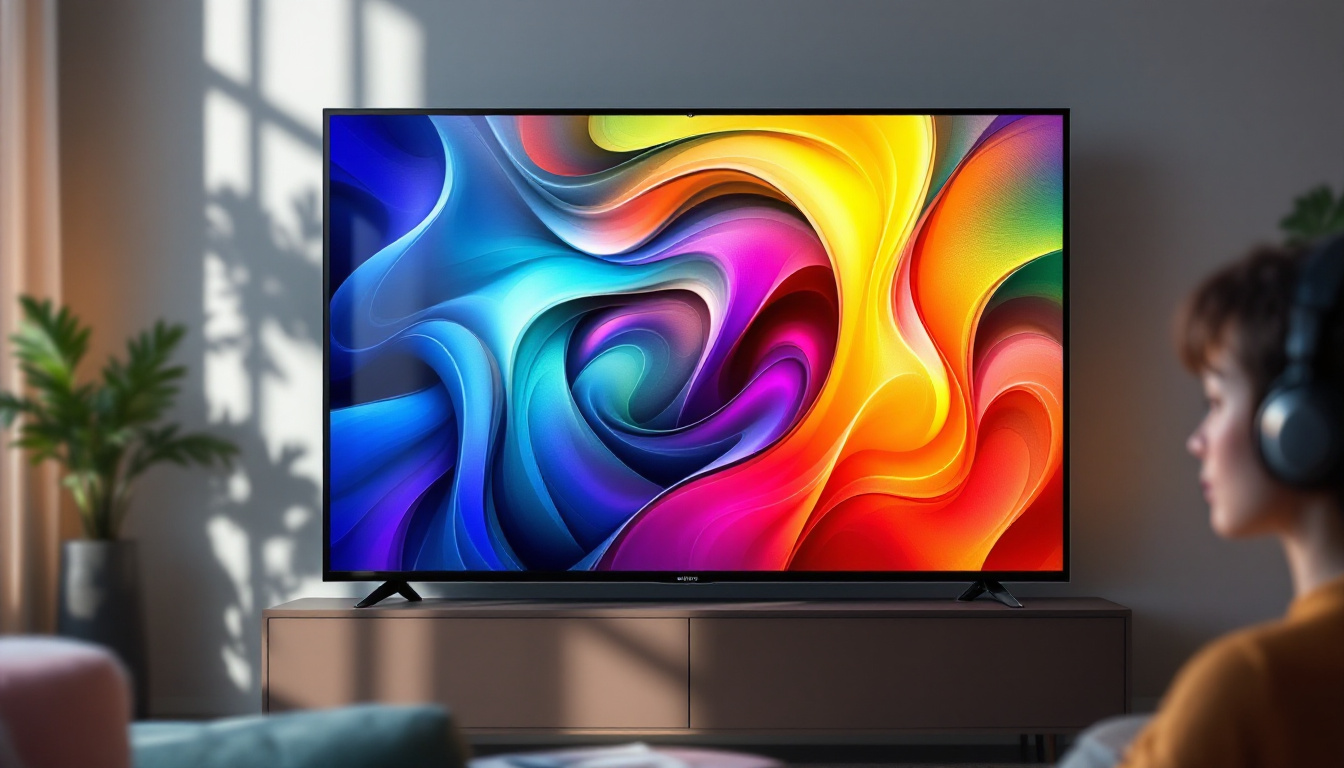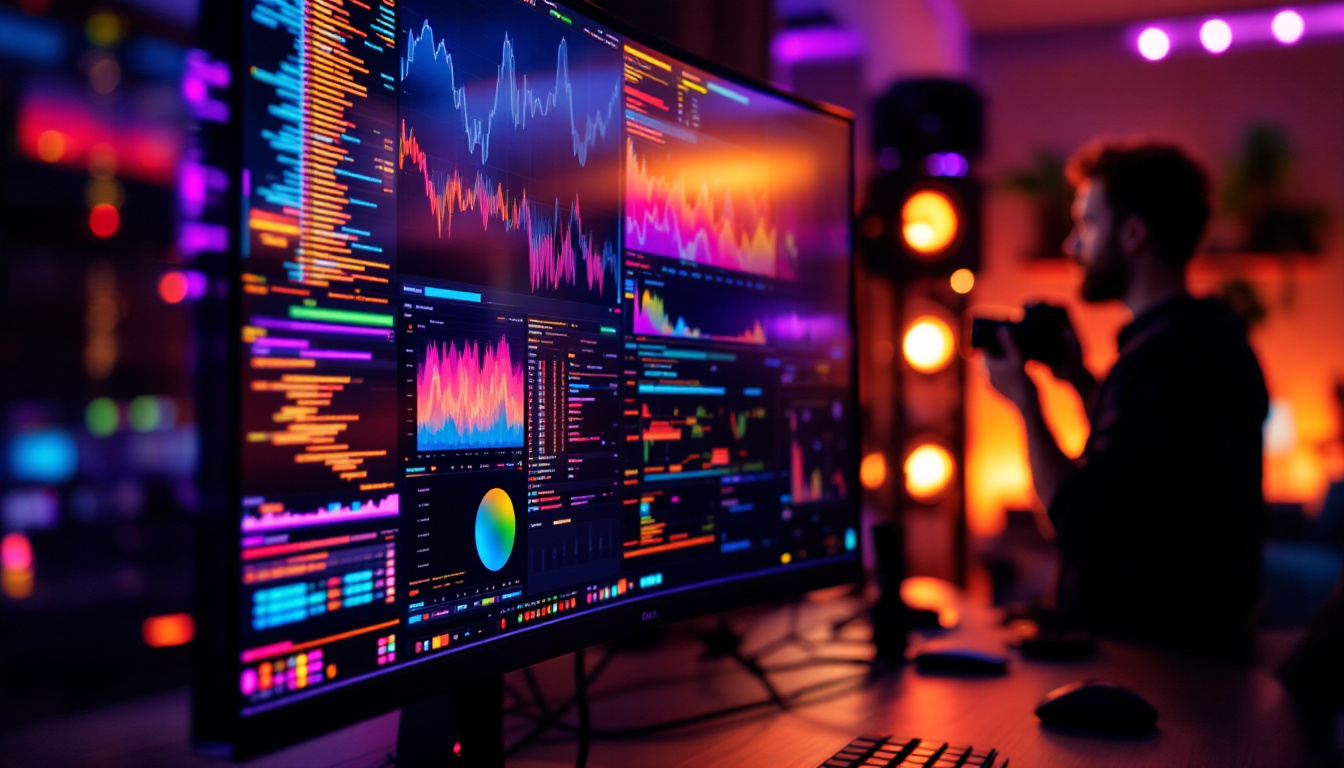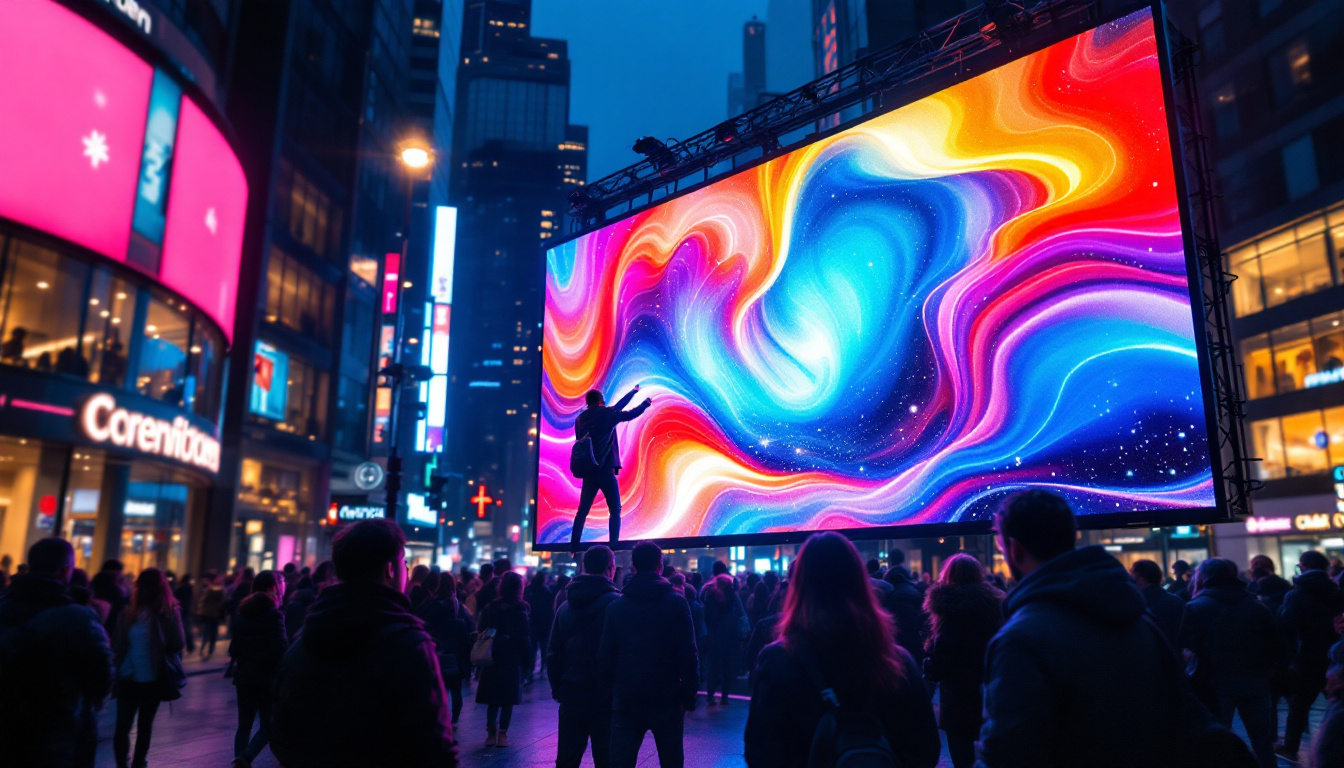In the world of digital displays, understanding the technical specifications can be daunting. One of the most critical factors influencing the performance of LED displays is pixel pitch. This article delves into the concept of pixel pitch, particularly focusing on a pixel pitch of 2.6mm, and its implications for viewing distance and overall display quality.
What is Pixel Pitch?
Pixel pitch refers to the distance between the centers of two adjacent pixels in an LED display. It is measured in millimeters (mm) and is a crucial specification that affects image clarity and detail. A smaller pixel pitch indicates a higher pixel density, which typically results in a sharper image. Conversely, a larger pixel pitch means lower pixel density and potentially less detailed visuals.
For instance, a display with a pixel pitch of 2.6mm is designed to provide a balance between clarity and viewing distance. This specific measurement is often used in environments where viewers are relatively close to the screen, such as in retail spaces, control rooms, and event venues. In these settings, the ability to deliver vibrant colors and crisp images can significantly enhance the viewer’s experience, making it essential for businesses to choose the right pixel pitch for their specific needs.
Understanding the Importance of Pixel Pitch
The choice of pixel pitch is vital for ensuring that the display meets the intended use case. A pixel pitch of 2.6mm is generally suitable for indoor applications where viewers are likely to be within a distance of 2.6 to 5 meters from the screen. This range allows for optimal viewing without perceiving the individual pixels, creating a seamless visual experience. The technology behind LED displays has advanced significantly, allowing for thinner and lighter screens that can be easily integrated into various environments, from corporate offices to entertainment venues.
In contrast, larger pixel pitches are more appropriate for outdoor displays or applications where viewers are expected to be farther away. For example, a pixel pitch of 10mm or greater is often used for billboards and large signage, where the viewing distance can exceed 10 meters. Understanding the relationship between pixel pitch and viewing distance is essential for achieving the desired visual impact. Additionally, factors such as ambient light conditions and the type of content being displayed play a significant role in determining the optimal pixel pitch, as high brightness and contrast can compensate for larger pixel sizes in outdoor settings.
Calculating Optimal Viewing Distance
Determining the optimal viewing distance for an LED display involves understanding the pixel pitch and how it correlates with viewer experience. The general rule of thumb is that the viewing distance should be at least 6 to 8 times the pixel pitch for a comfortable viewing experience.
For a pixel pitch of 2.6mm, this translates to an optimal viewing distance of approximately 15.6 to 20.8 feet (or 4.8 to 6.4 meters). At this distance, viewers can appreciate the clarity of the display without noticing the individual pixels, which is crucial for applications such as presentations, advertising, and live events.
Factors Influencing Viewing Distance
While pixel pitch is a significant factor in determining viewing distance, several other elements also play a role. These include ambient lighting, content type, and viewer preferences. For instance, in brightly lit environments, viewers may need to stand farther back to avoid glare and reflections that can obscure the display’s content.
Additionally, the type of content being displayed can affect how close viewers can comfortably stand. High-resolution images or videos may allow for closer viewing distances, while text-heavy content may require viewers to stand back to read comfortably. Furthermore, the aspect ratio of the display can also influence the optimal distance; wider screens may necessitate a greater distance to take in the entire image without moving the head excessively.
Another critical factor to consider is the audience’s demographics. For example, younger viewers may have better eyesight and can stand closer to the screen without discomfort, while older viewers might prefer a greater distance due to natural changes in vision. Understanding the target audience can help in planning the layout of an event or installation, ensuring that everyone has an enjoyable viewing experience. Additionally, the use of interactive displays or touch screens can also change the dynamics of viewing distance, as users may need to approach the screen to engage with the content effectively.
Benefits of a 2.6mm Pixel Pitch
Choosing a 2.6mm pixel pitch for an LED display comes with several advantages. This pixel density strikes a balance between cost, performance, and visual quality, making it a popular choice for various applications.
Enhanced Image Quality
One of the primary benefits of a 2.6mm pixel pitch is the enhanced image quality it provides. The closer pixel arrangement allows for sharper images and more vibrant colors, which can significantly improve viewer engagement. This is particularly important in settings such as retail environments, where captivating visuals can drive customer interest and sales.
Moreover, displays with a smaller pixel pitch often support higher resolutions, enabling them to showcase intricate details that larger pixel pitches might miss. This capability is essential for applications that require precision, such as medical imaging or architectural visualization. In addition, the improved viewing angles associated with a 2.6mm pixel pitch ensure that the quality of the display remains consistent, even when viewed from the side, making it ideal for crowded spaces where audiences may be positioned at varying angles.
Versatility in Application
Another advantage of a 2.6mm pixel pitch is its versatility. This pixel density is suitable for a wide range of indoor applications, from corporate environments to entertainment venues. Whether it’s for digital signage, video walls, or live event displays, a 2.6mm pixel pitch can adapt to various needs, making it a cost-effective solution for many businesses.
Furthermore, the adaptability of a 2.6mm pixel pitch extends beyond just the type of content displayed. It can be seamlessly integrated into various architectural designs, allowing for creative installations that enhance the overall aesthetic of a space. For instance, in museums or galleries, these displays can be used to create immersive experiences that complement the exhibits, while in corporate settings, they can serve as dynamic backdrops for presentations and meetings. This flexibility not only maximizes the utility of the display but also enhances the overall experience for viewers, making it a smart investment for any organization looking to leverage cutting-edge visual technology.
Installation Considerations
When opting for an LED display with a 2.6mm pixel pitch, installation considerations become paramount. Proper installation ensures that the display performs optimally and delivers the intended visual experience. Here are some key factors to consider during the installation process.
Mounting Options
LED displays can be mounted in various ways, including wall mounting, hanging, or freestanding setups. The choice of mounting option will depend on the intended use, available space, and viewer accessibility. For instance, a wall-mounted display may be ideal for a conference room, while a freestanding unit might work better in a retail environment where foot traffic is high.
Additionally, ensuring that the display is at the appropriate height and angle is crucial for maximizing visibility and engagement. The installation team should consider the average viewer’s eye level and the distance from which the display will be viewed.
Power and Connectivity
Another critical aspect of installation is ensuring adequate power supply and connectivity. LED displays require a reliable power source to function effectively, and the installation team should ensure that all electrical requirements are met. Furthermore, connectivity options, such as HDMI, DisplayPort, or network connections, should be configured to support the display’s intended use.
Maintenance and Longevity
To ensure the longevity and optimal performance of an LED display, regular maintenance is essential. This includes routine cleaning, software updates, and hardware checks. A well-maintained display not only lasts longer but also continues to deliver high-quality visuals over time.
Cleaning and Care
Cleaning an LED display is a straightforward process, but it requires caution to avoid damaging the screen. Using a soft, lint-free cloth and a mild cleaning solution is recommended. Regular cleaning helps to remove dust and fingerprints, which can detract from the display’s visual quality.
Moreover, avoiding harsh chemicals or abrasive materials is crucial, as these can scratch or damage the screen. Establishing a cleaning schedule based on the display’s usage and environment can help maintain its appearance and functionality.
Software Updates
Keeping the display’s software up to date is another vital aspect of maintenance. Manufacturers often release updates to improve performance, fix bugs, or enhance compatibility with new technologies. Regularly checking for updates and applying them promptly can help ensure that the display operates smoothly and efficiently.
Conclusion
Understanding pixel pitch, particularly a measurement of 2.6mm, is essential for selecting the right LED display for various applications. This pixel density offers a balance of clarity and versatility, making it suitable for indoor environments where viewers are typically closer to the screen.
By considering factors such as optimal viewing distance, installation requirements, and maintenance practices, businesses can maximize their investment in LED technology. As digital displays continue to evolve, staying informed about specifications like pixel pitch will remain crucial for achieving the best visual experiences.
Ultimately, whether for advertising, presentations, or entertainment, a well-chosen LED display can significantly enhance viewer engagement and satisfaction, making it a valuable asset for any organization.
Discover LumenMatrix’s Advanced LED Solutions
Ready to elevate your visual display capabilities? LumenMatrix offers a comprehensive range of LED display solutions tailored to meet your specific needs. From stunning Indoor LED Wall Displays to dynamic Outdoor LED Wall Displays, and from versatile Vehicle LED Displays to innovative LED Poster Displays, our products are designed to captivate and engage your audience. Experience the revolution in visual communication with our LED Sports Displays, immersive Floor LED Displays, and customizable Custom LED Displays. For a seamless integration, explore our All-in-One LED Display and LED Transparent Display options. Don’t miss the opportunity to transform your space with LumenMatrix’s cutting-edge technology. Check out LumenMatrix LED Display Solutions today and see how we can help you share your message with impact and clarity.


